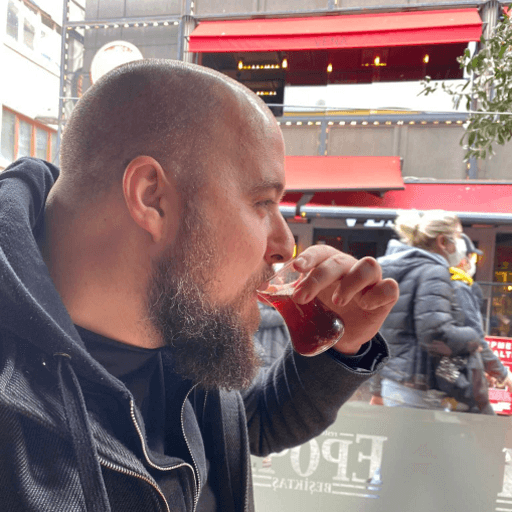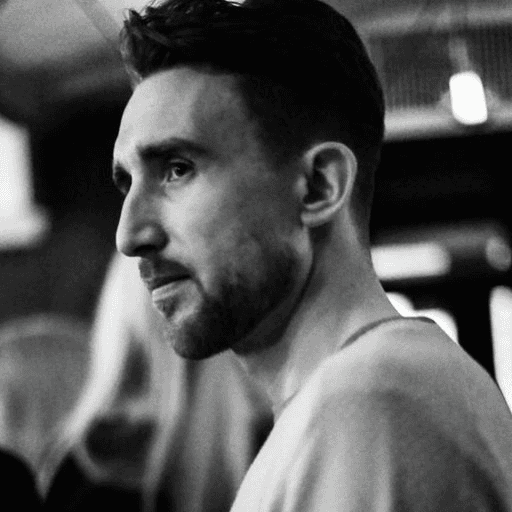Team






My Role
Lead Designer & Researcher
Timeline
6+ weeks
Context 👀
About Insider: Marketing tool for brands to connect with customers via push notifications, WhatsApp, Email etc.
Provide users with the ability to create their own unsubscribe pages completely customisable per their brand guidelines.
Solution 💡
So, what did we do? We transformed the user experience by offering custom blocks within our drag-and-drop editor. These blocks were crafted to align with users' existing mental models and behaviors. The result? We made it easier for our users to create unsubscribe pages.
Impact
Good reception of the features by the users, the Unsubscribe pages are utilized in 6700+ email campaigns.
Word got around quickly, and we had to extend the beta partner adoption to 100+ companies (During the monitoring stage).
This feature helped us close the feature gap and unlocked a few deals for us especially in the US market.
On the personal side, I received the Best Performer award within the design team for my contributions to this project.
Pre-Built Templates
We offered users a head start with a collection of pre-built templates. They could pick a template that resonated with their brand and customize it to perfection.
Familiar Drag-and-Drop Editor
We simplified the process of creating unsubscribe pages by providing custom blocks that fit seamlessly into users' existing knowledge and habits. The drag-and-drop editor allowed them to effortlessly add and arrange these blocks, creating a user-friendly experience.
Improved Unsubscribe Tag Attachment
We revamped the unsubscribe tag attachment process, gathering user preferences, streamlining template selection, and offering a seamless transition between custom and pre-built templates.
Challenges and Learnings
🔀 Challenges in Maintaining Alignment
The team was small and had other work to keep them busy, so it was difficult to keep everyone aligned on the vision for the feature. I started documenting the alignments as memos on Google Docs with action items, which helped us keep track of all the decisions and ensure everyone was on the same page.
🤖 Making Compromises with Technical Constraints
We encountered technical constraints that we didn't anticipate, so we had to make compromises. I helped the team quickly pivot to solutions that were feasible with the third-party tool, even though this sometimes meant sacrificing the original designs.
🙏 Prioritising a User Need
During the research phase, I identified a user need that the team decided to postpone. We added it to the backlog and agreed to prioritize it later, but we later realized that customers were looking forward to this feature. I had already taken it into account in the user flows, but I postponed the design for it. This meant that we had to rework a particular section later.










